The Evolution of Equestrian Surfaces: From Basic Sand to Sophisticated Fibrewax®
The equestrian world has seen a remarkable evolution in arena surfaces; from basic sand to sophisticated Fibrewax® blends, the journey reflects not just technological advancements but also a deeper understanding of equine biomechanics.
This guide will walk you through this fascinating evolution, highlighting key milestones and current trends.
The Early Days: Sand and Natural Materials
Sand
In the beginning, sand was the go-to option for its availability and drainage properties. However, it had its drawbacks, such as dust production and inconsistent footing.
Natural Materials
Grass and clay were also used but had limitations in terms of durability and weather resistance.

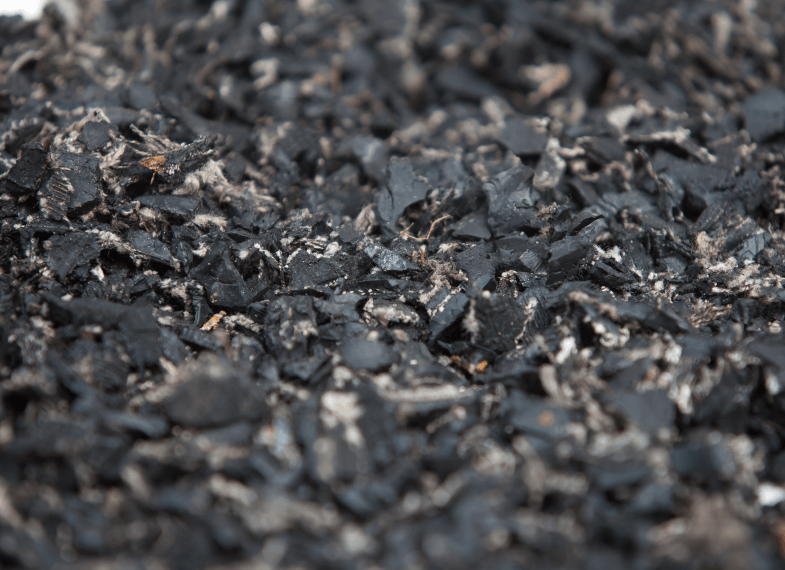
The Introduction of Synthetic Materials
Rubber
Recycled rubber provided a more cushioned surface. Before the popularity of rubber riding surfaces increased, it initially had issues with quality, due to the use of sub-par manufacturing processes and materials.
The Rise of Blended or Premixed Surfaces
Sand and Fibre
The blend of sand and fibre offers improved footing and setting the stage for more complex blends.
Fibrewax®
This innovative blend combines synthetic fibres with sand, which is then coated with wax, offering superior moisture retention, dust control, and durability.
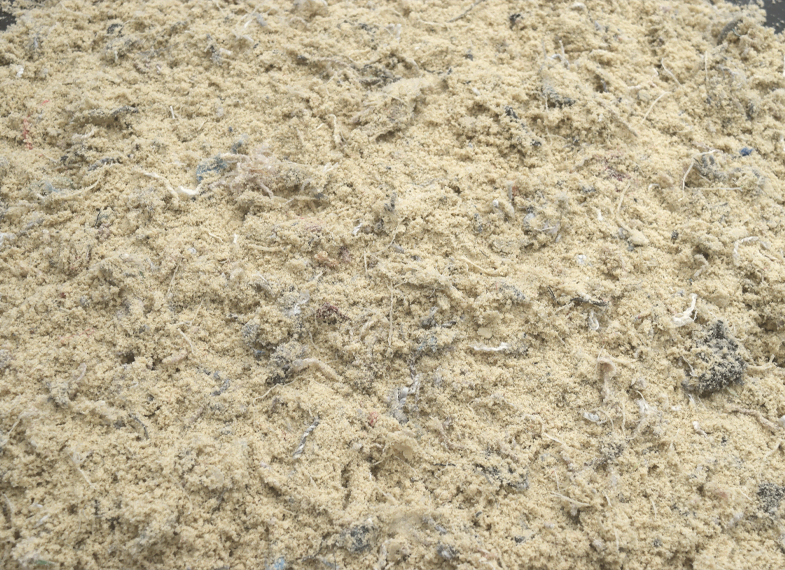
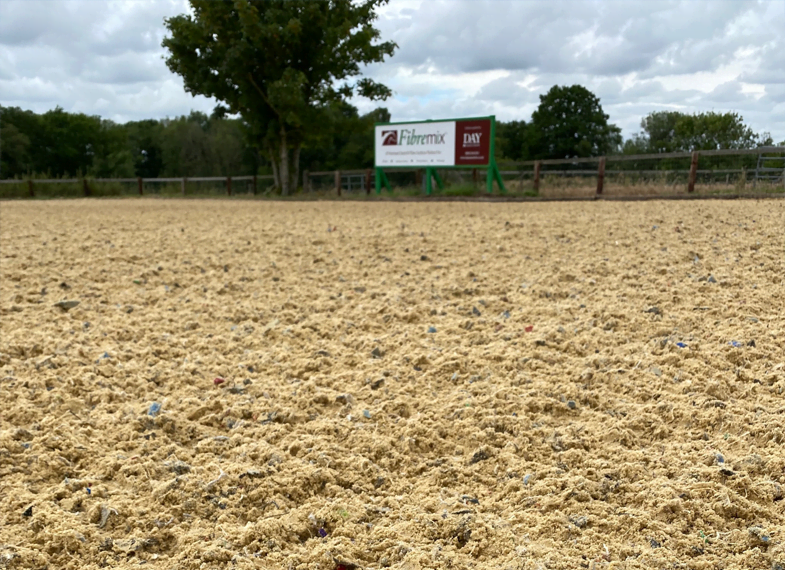
Key Milestones in Surface Evolution
- Introduction of Geotextiles: These fabric materials were laid beneath the surface to act as a separation layer, preventing sand blocking the underlying drainage stone and improving stability.
- Recycled Materials: The use of recycled carpet fibres and rubber marked a shift towards a more cyclical use of materials to reduce waste.
- Scientific Research: Studies on equine biomechanics led to surfaces designed to reduce stress on joints and ligaments.
Comparative Benefits of Modern Surfaces
Fibrewax®
- Moisture Retention: The wax coating acts as a water substitute, reducing the need for frequent watering.
- Dust Control: Wax coats the sand, preventing particles from rubbing together and breaking down, limiting dust.
- Versatility: Suitable for a range of equestrian disciplines.
Sand and Fibre
- Affordability: Generally cheaper than Fibrewax® but offers some of the same benefits.
- Customisability: The ratio of sand to fibre can be adjusted to suit specific needs.


Industry Trends: The Future of Equestrian Surfaces
Advancements in material science are leading to even more effective blends. New waxes and temperature-resistant materials are some of the innovations on the horizon.
Safety Considerations
Impact Absorption
Modern surfaces are designed with equine health in mind, offering better impact absorption to protect joints and ligaments.
Traction
Improved traction reduces the risk of slips and falls, contributing to a safer riding environment.
Cost-Benefit Analysis
While modern surfaces like Fibrewax® may have a higher initial cost, their durability and reduced maintenance needs often make them more cost-effective in the long run.


Common Misconceptions
Too Technologically Complex
Some believe that modern surfaces are difficult to maintain, but in reality, they often require less intensive care than traditional options.
Frequently Asked Questions (FAQs)
How Do I Choose the Right Surface?
Consult with experts and consider factors like climate, discipline, and budget.
Can I Upgrade My Existing Surface?
Yes, but professional consultation is advised to ensure compatibility and optimal performance.


Next Steps
- Consult Experts: Always seek professional advice tailored to your specific needs.
Request Samples: Test different surface materials to find the best fit for your facility.
The Science Behind Surface Materials
Sand
Sand’s sub-angular structure allows for good drainage but can be prone to compaction, which affects the surface’s springiness and can be hard on a horse’s joints.
Rubber
Rubber offers elasticity but can get slippery when wet but is frost-resistant and can deal with temperature changes well.
Fibrewax®
The wax in Fibrewax® acts as a binding agent, creating a cohesive layer that holds the surface materials together. This results in a more stable, consistent, and versatile riding area. The fibres add elasticity and structure, reducing the impact on horse joints and ligaments.
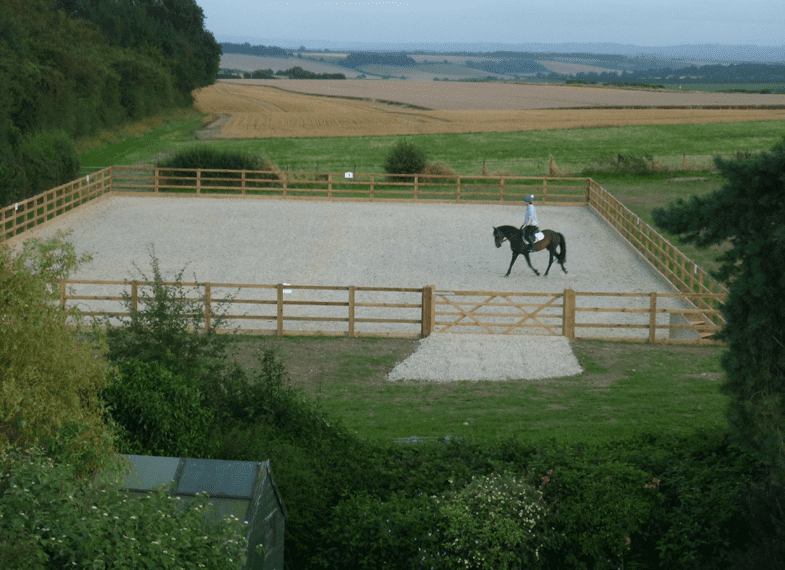
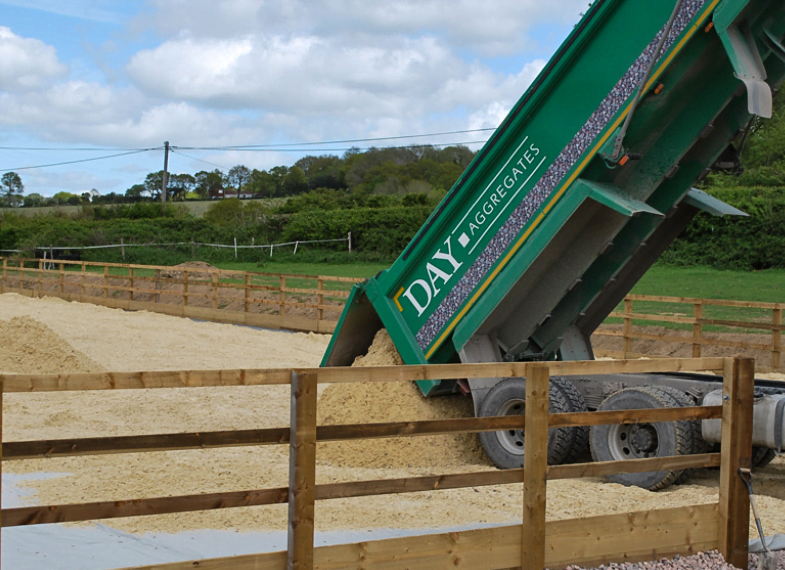
Detailed Maintenance Guidelines
For Sand Surfaces
- Weekly: Rake to level the surface and break up any compacted areas.
- Monthly: Check for uneven areas and redistribute sand as needed.
For Rubber
- Weekly: Use specialised grooming equipment to keep the surface even.
- Seasonally: Assess the depth and spread of the rubber to determine if it needs topping up.
For Fibrewax® Surfaces
- Weekly: Groom to maintain an even surface.
- Monthly: Inspect for any signs of material separation and consult with experts if needed.
Conclusion
From basic sand to sophisticated Fibrewax®, the journey of equestrian surfaces reflects broader advancements in technology and understanding of equine health.
As we continue to innovate, the focus remains on creating surfaces that offer the perfect blend of safety, performance, and durability.
